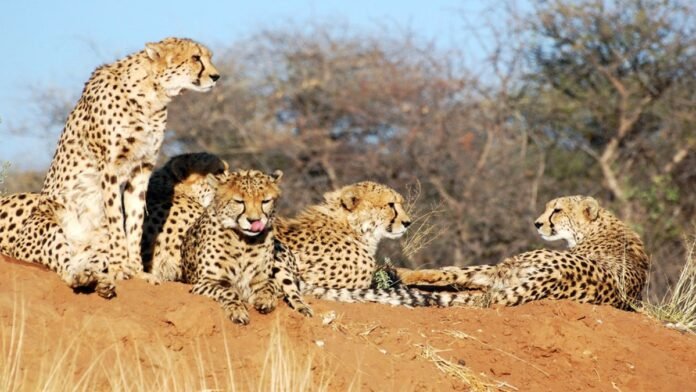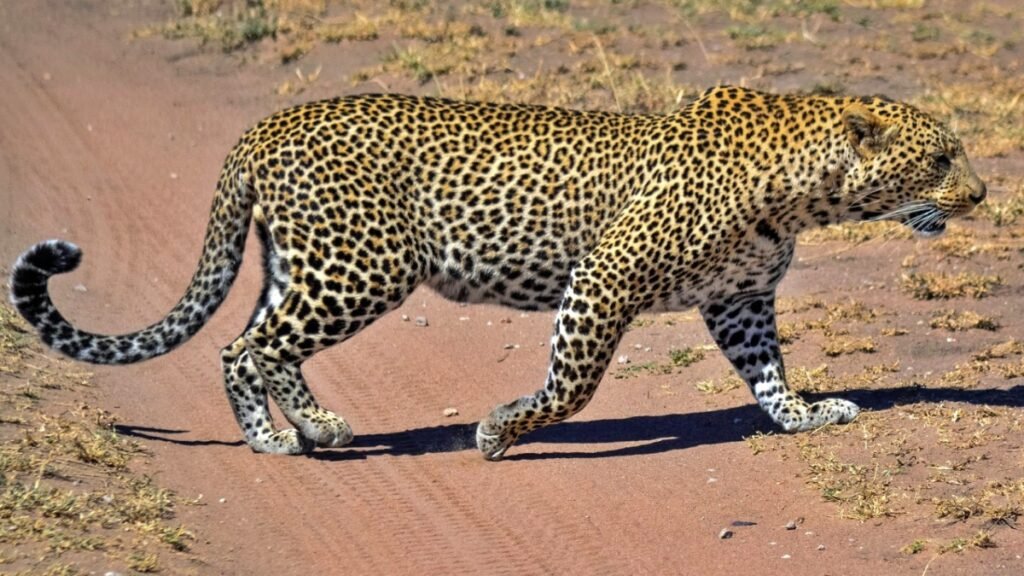
New Delhi: Do you know that a cheetah can run 100 meters in just three seconds, which is faster than most cars, but it cannot maintain its speed for more than half a minute? How high this speed is, can be understood from the fact that the world’s fastest runner and Olympic champion Usain Bolt has a world record of 9.89 seconds in the 100 meters event. It is worth noting that after seven decades, cheetahs have knocked again in India and eight cheetahs brought from Namibia by special aircraft will now adorn the Kuno National Park in Madhya Pradesh. Delhi-based wildlife journalist and author Kabir Sanjay says the cheetah is known for its superb speed, but it does not have the strength to maintain that speed for long.
He said, “The cheetah is a fast runner, not a marathon runner. Since he cannot maintain his speed for long, he has to catch the prey in 30 seconds or less. If he is not able to hunt fast enough, he gives up, and thus his hunting success rate is 40 to 50 percent.” Kabir said that even if a cheetah manages to hunt, it usually gets tired and has to rest for some time. This is the reason why carnivorous creatures like leopards, hyenas, and wild dogs often plunder their prey.
He has said in his book ‘Cheetah: The Missing Prince of the Indian Jungle’ that even vultures can snatch their prey and that the cheetah has less strength than other animals of such a category. The senior journalist said that cheetahs have slender, flexible bodies and have a soft backbone that can spread like a bunch or coil. He said he had a small head that minimizes wind resistance and long, slender legs that helped him take large strides, he said.
The Namibian-based non-profit Cheetah Conservation Fund (CCF) said cheetahs have harder and less rounded soles than other carnivores. It said that the soles of his feet acted like a tire that provided him with friction on sharp, sharp turns. This organization is coordinating with the Government of India to reintroduce cheetahs into the country. According to the CCF, cheetahs’ long muscular tail acts as a rudder to stabilize and balance their body weight. Twing their tails according to the movement of the prey helps them to make sudden sharp turns while pursuing them at high speed.
It is said that this species has distinctive black stripes on its body from eyes to mouth and these stripes protect them from the glare of the sun. The organization says it is believed that cheetahs act like rifle scopes, helping them to focus their prey even at long distances. Delhi Zoo range officer Saurabh Vashisht said cheetahs are active during the day and hunt in the morning and late afternoon. He said the cheetah often preys on wild species and avoids hunting domestic animals, although sick or injured and old or young or inexperienced cheetahs can also prey on domestic cattle.
The single adult cheetah hunts every two to five days and needs to drink water every three to four days, he said. Vashisht said that female cheetahs lead a solitary life and they only pair for mating and then live with them while raising their cubs. He said the male cheetah is usually solitary but his brothers often live together and hunt together. The cheetah spends most of its time sleeping and is less active during the day during extreme heat. Leopards do not roar, unlike lions, tigers, leopards, and jaguars.

The gestation period of a female cheetah is only 93 days and she can give birth to up to six cubs. Vashisht said that the average life span of a cheetah in the wild is 10-12 years and in a cage, they can live for 17 to 20 years. Cub mortality is higher in protected areas such as national parks and wildlife sanctuaries where there is greater proximity to large predators than in non-protected areas.






































